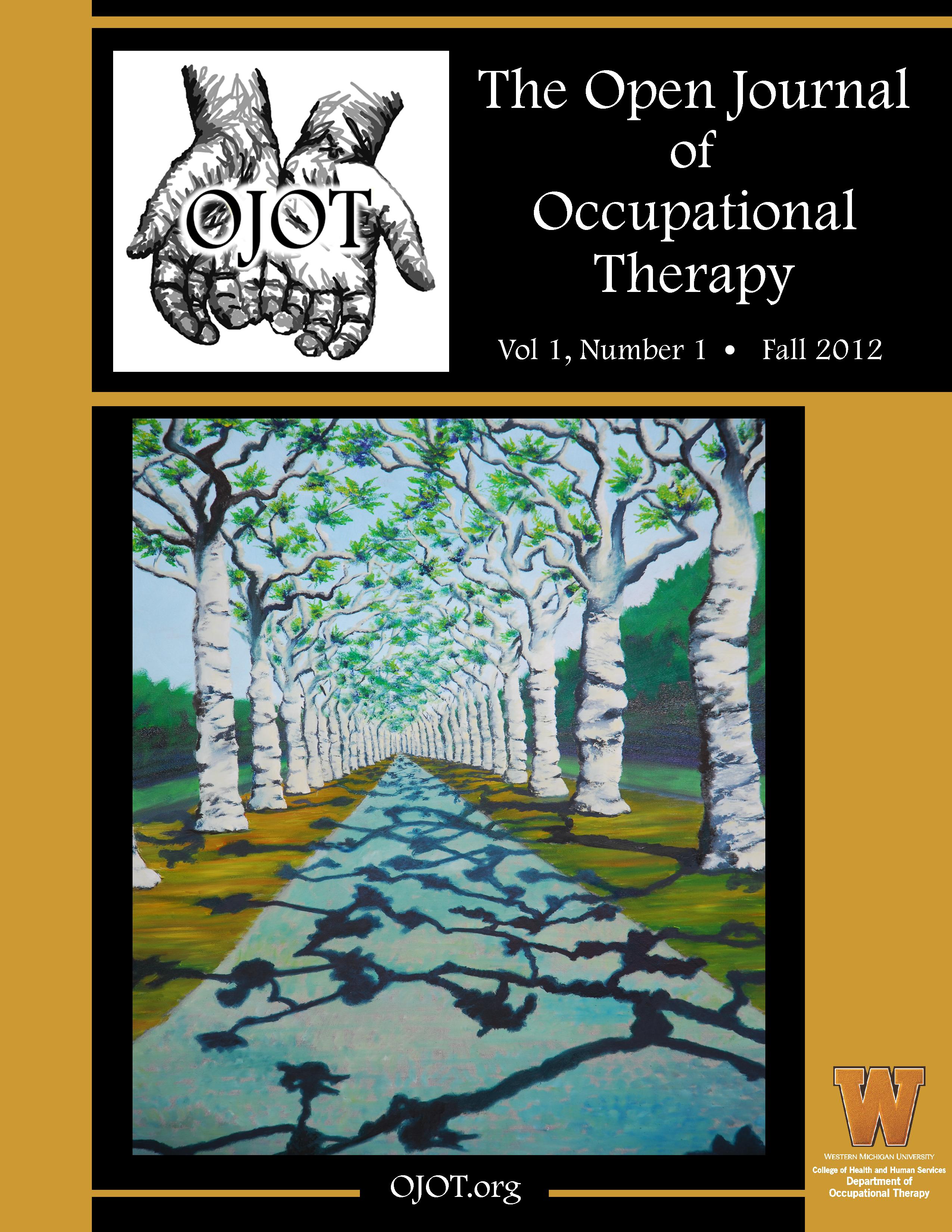ScholarWorks > HHS > OT > OJOT > Vol. 12 > Iss. 3 (2024)
The Use of Occupational Therapy Interventions in a Hematology-Oncology Pediatric Intensive Care Unit
Credentials Display
Lucy Weathers, OTR/L; Sarah Schwartzberg, OTR/L, CLT; Kenneth L. Pettit Jr., RN, BSN; Fang Wang, MS; Shilpa Gorantla, MS, MHA; Saad Ghafoor, MD
Abstract
Objectives: The purpose of this study was to describe the role of occupational therapy (OT), including types of interventions that can be provided in a pediatric intensive care unit (PICU) setting, and to evaluate the use and safety of OT services in an early mobility program.
Methods: A retrospective review via medical records occurred between January 2019 and June 2020. The frequencies and adverse events of OT interventions were compared preimplementation (January–September 2019) and postimplementation (October 2019–June 2020) of an early mobility program.
Results: A convenience sample of 56 patients comprised the preimplementation group, and 83 comprised the postimplementation group. Through the BRAVE (Beginning Restorative Activities Very Early) program, occupational therapists increased the percentage of OT interventions performed, including active range of motion (48.21% to 75.90%, p = 0.0008), active bed positioning (41.07% to 46.99%, p = 0.4913), splinting (7.14% to 7.23%, p = 1.00), sensory stimulation (3.57% to 4.82%, p = 1.00), sit to stand (16.07% to 16.87%, p = 0.9014), therapeutic play/activities (50% to 56.63% p = 0.4420), self-care training (5.36% to 15.66%, p = 0.0619), and physical performance tests (33.93% to 39.76%, p = 0.4860). Postimplementation, there were no adverse events.
Conclusion: OT is safe to perform with hematology-oncology patients in the PICU and did not increase adverse events.
Recommended Citation
Weathers, L., Schwartzberg, S., Pettit, K., Wang, F., Gorantla, S., & Ghafoor, S. (2024). The Use of Occupational Therapy Interventions in a Hematology-Oncology Pediatric Intensive Care Unit. The Open Journal of Occupational Therapy, 12(3), 1-10. https://doi.org/10.15453/2168-6408.2188



Comments
The authors declare that they have no competing financial, professional, or personal interest that might have influenced the performance or presentation of the work described in this manuscript.